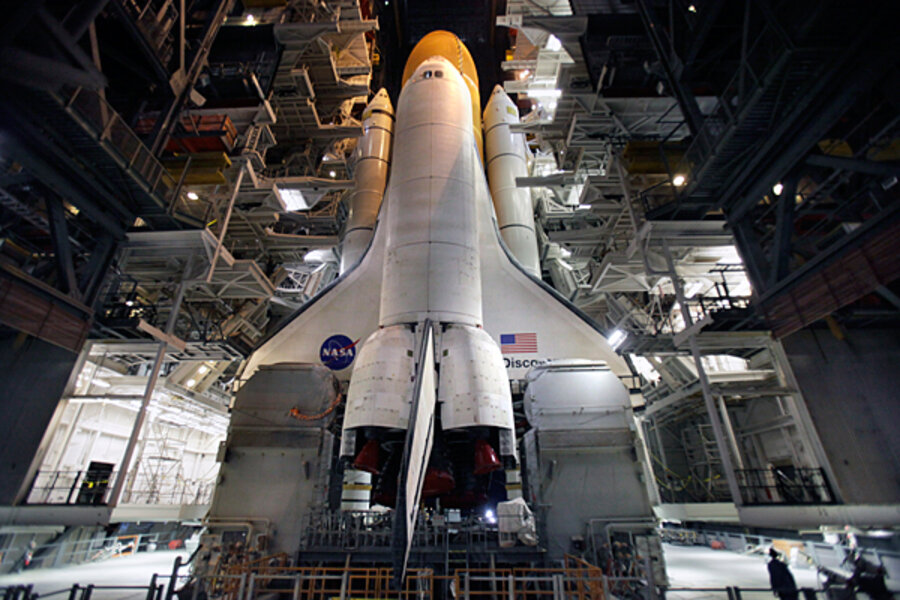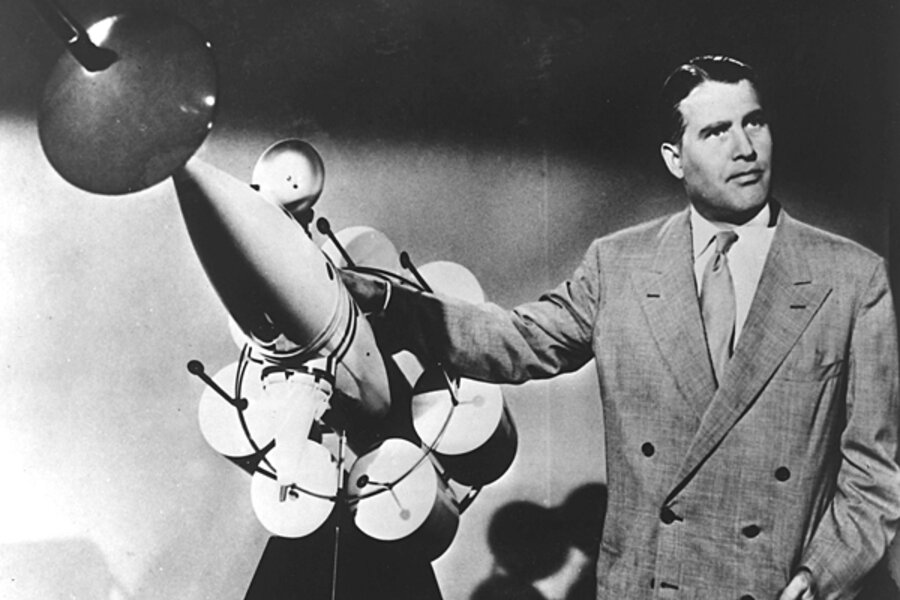For many space enthusiasts, including Wernher von Braun, who headed the National Aeronautics and Space Administration's Marshall Space Flight Center from 1960 to 1970, a shuttle of some sort was part of an overall long-term vision for the US human-spaceflight program that dated to the early 1950s.
The vision included a winged craft that could carry crews and cargo and be used to loft and repair satellites, and a space station as a jumping-off point for exploring the moon and eventually Mars. Proponents also argued that reusable shuttles would be more economical than rockets that were good for only one launch.






